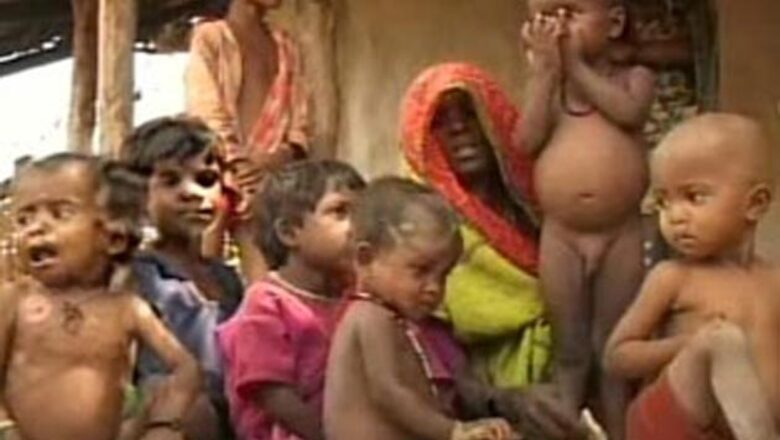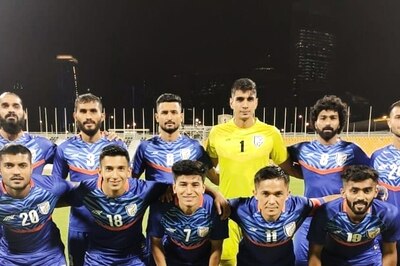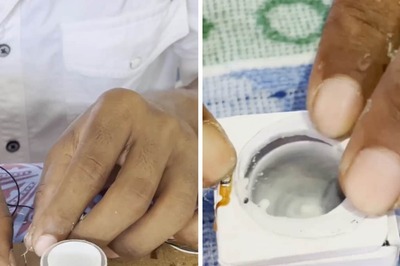
views
Bhopal: Kartar Adivasi, a one-year-old, weighed just 6.342 kg when he was admitted to the nutritional rehabilitation centre (NRC) at Narwar in Madhya Pradesh.
Born to Banwari and Binia of village Kiranpura (Barkhadi), the child was kept at the NRC for 14 days and then under followup care at his house, with the result that his weight increased to 9.3 kg by the time he was 15 months old.
Like the one in Narwar, the nine NRCs of Shivpuri district have helped save the lives of 2,701 acutely malnourished children in 2009. Of them 53.5 percent were girls while the remaining 43.5 percent boys.
"Of the 10 million below-five-years children in the state, 60 percent are malnourished and 100,000 are severely malnourished despite schemes to improve the services of 'anganwadis' (mother and child welfare centres) and nutrition centres. And half of them would have died but for the services provided by the NRCs," a health official said.
Children with severe acute malnutrition (SAM) face a 10-20 times higher risk of death as compared to those who are not severely malnourished.
The NRCs, started with the technical support of Unicef for treatment of malnourished children, have gone a long way in saving the lives of the severely malnourished children, acknowledge officials and poor families.
They are managed by the state health department under National Rural Health Mission (NRHM).
While the NRC at Shivpuri opened in 2006 was the first, Madhya Pradesh today has 202 such centres and plans to open 23 more, taking their total number to 225. The success of the NRCs in saving the lives of children has encouraged service providers.
"However, running these centres is not easy," said an NRC staff member adding that they face great problems in keeping mothers in hospital for 14 days as they scramble for other children left behind at home.
Nevertheless, the NRCs are much-needed in the state. Their funding - annual cost of Rs.300,000 for each NRC - is provided by the state government through the NRHM while Unicef provides technical support and training for the centres' staff. This includes one doctor, one nurse, one cook and two caretakers.
Tania Goldner, chief of Unicef office for Madhya Pradesh, says NRCs are facility-based units for the care of children who suffer from SAM.
"We are happy that the state government has set up NRCs in all districts of Madhya Pradesh. They are being managed under the NRHM while Unicef provides technical assistance," Goldner told IANS.
"However, we need to encourage effective and efficient preventive measures at the community level to ensure that fewer and fewer children get into severe degrees of malnutrition," she added.


















Comments
0 comment